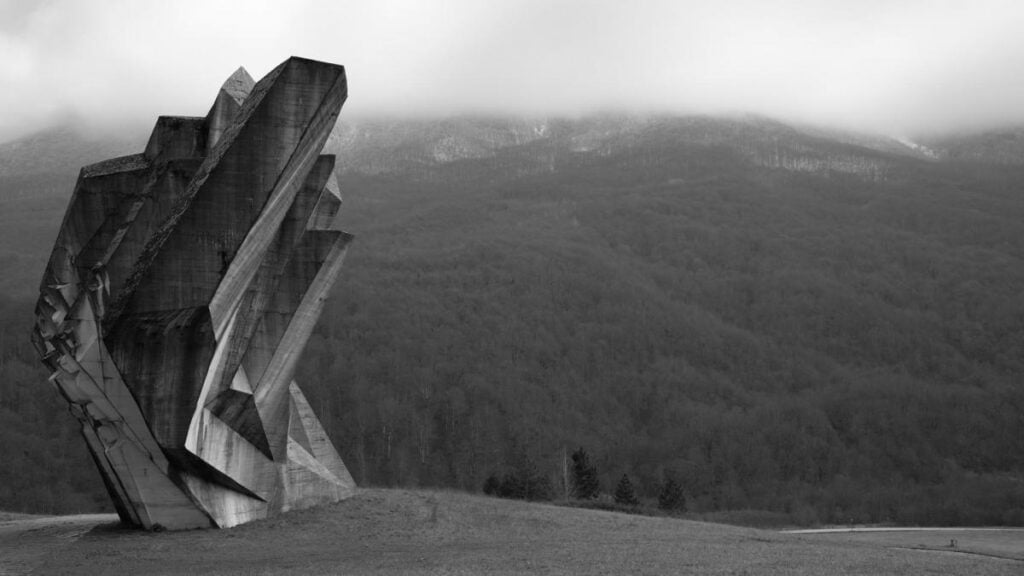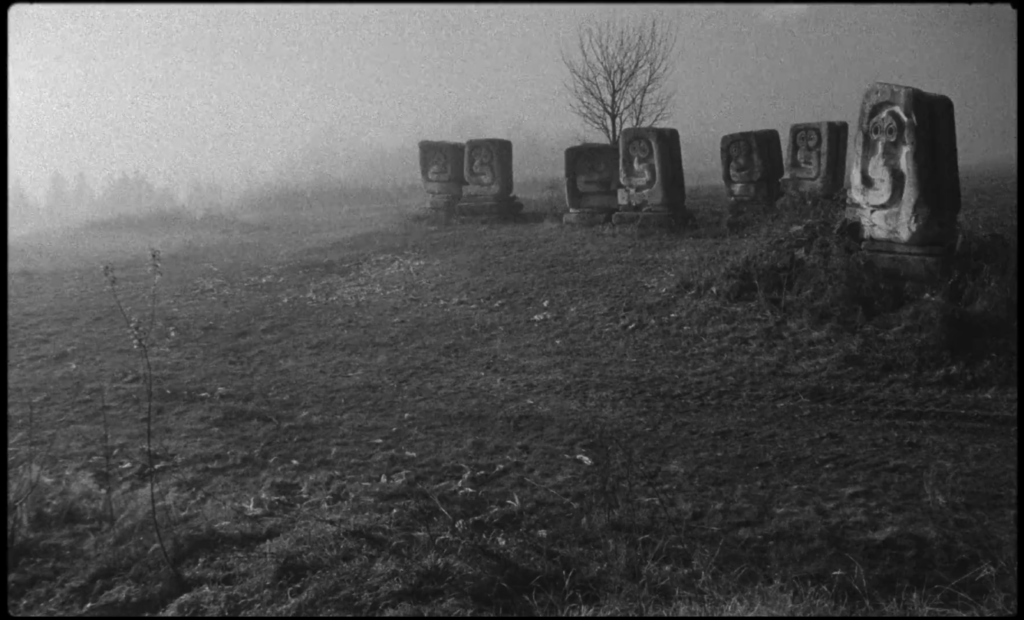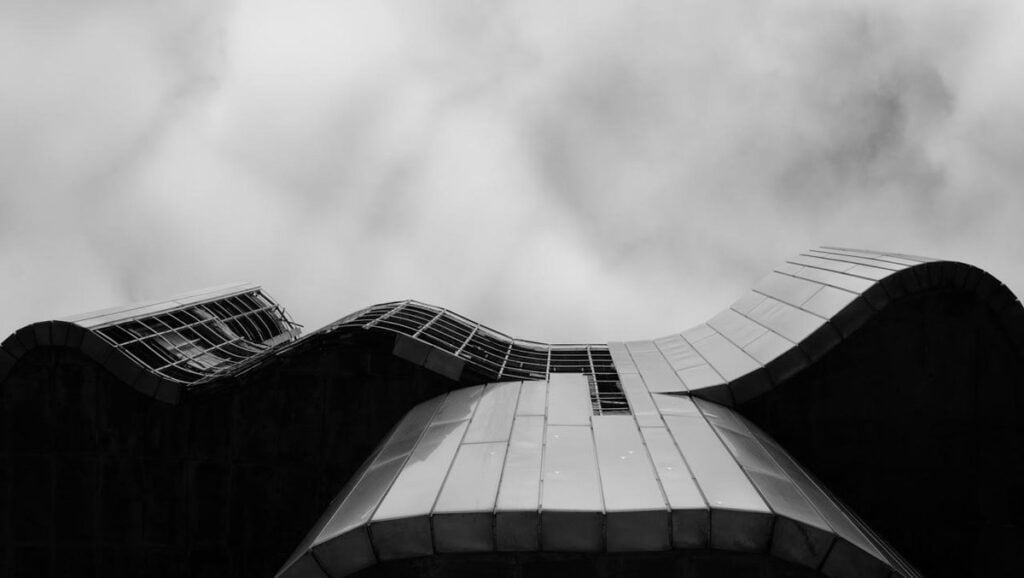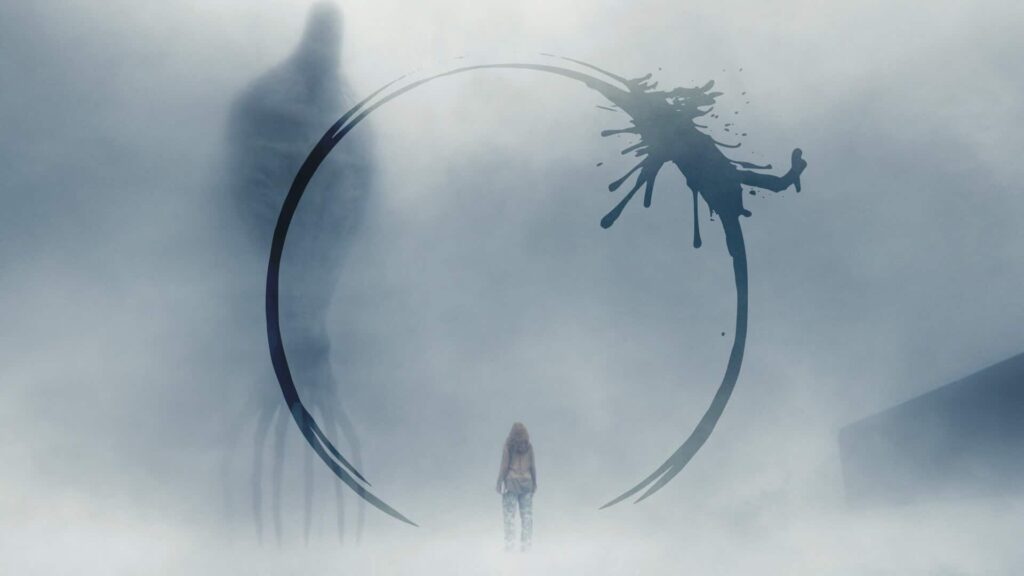Why Jóhann Jóhannsson’s speculative fiction feature redefines the sci-fi genre.
His final contribution is a triumphant achievement with architecture as his muse.
Johann Wolfgang von Goethe once said : ‘Music is liquid architecture; Architecture is frozen music.’
With Last & First Men, Jóhannsson successfully oscillates between the two – melting and crystallising – and ultimately fusing to form a transcendental experience both visually and evocatively.
Enamoured by films & literature – with no formal qualifications in music – Jóhannsson went about his craft with verve and tenacity that broke free from the confines of genres and styles of his time. This individuality can not only be found in the music he created but also in the processes and concepts behind the creations themselves.
My first brush with the Icelandic composer was while watching Prisoners – made by one of my favourite directors ‘Denis Villeneuve’ – where he effortlessly manages to treat each scene with its own individual piece all the while culminating in a connected sombre yet foreboding whole.

He went on to collaborate with the filmmaker and worked on three successive films in Sicario, Arrival and Blade Runner 2049 – which was shelved due to creative differences, and Zimmer was brought in. However, their bond was deep. Like Zimmer is to Nolan, so was Jóhannsson to Villeneuve. With Sicario, the composer earned an Oscar nod for his interpretation and depiction of violence through his score while Arrival on the other hand used human voices as an instrument – layered with classical segments.
While remembering the composer’s work on the film, Villeneuve says “it is imbued with a beautiful depressive Nordic sensibility. Like when snow falls at the end of a day. His music brought a lot of humanity to this dark story.” – IndieWire , Zack Sharf
And it is with this same sensibility and inimitable style that Jóhannsson shares his final masterpiece with the world – a speculative fiction feature with architecture as his muse.

We learn about civilisations past, through their architecture. Which in turn helps us understand how they lived and how they communicated. Jóhannsson uses that very idea of archaeological mystery with remnants of the built environment to conjure up a sense of nostalgia for the future – a poetic reflection of the past with a keen grasp on the pulse of what the future has in store.
By capturing the essence of a bygone era, through its architecture, Jóhannsson also – consciously or subconsciously – draws from the numerous muses scattered across the landscape and hints at a new world order – which act as beacons of prosperity, creativity, ingenuity and above all else, hope.
The film is based on the book with the same name and written by the British author Olaf Stapledon and is described as a “future history” science fiction novel. As Yair Elazar Glotman – collaborator and composer on the film – beautifully puts it, ” The way I experienced this project is a bit like a three-line counterpoint in which each different line supports the other, but could also be perceived as one single line where you could follow. The three main threads are the narration by Tilda Swinton, the score and the brutalist architecture on display.”

“Listen Patiently”, says Tilda Swinton, as she recounts the days of Men – a cataclysmic event pushes humans to the outer reaches of the solar system, where they take refuge on Neptune. A strange new planet gives rise to strange new entities where humans have evolved to become close to sentient beings – living for thousands of years and in sync with each other’s thoughts, a collective telepathic hive so to speak.
The ethereal, ambient and elegiac nature of his score enraptures and enthrals – enchantingly profound, that conjures up a sense of awe and wonder – as the jagged edge of an otherworldly concrete behemoth takes flight, soars and reaches out to the stars, the feature proves that Jóhannsson was an adept storyteller as much as a proficient composer.
The idea of time, sense of place, moods and atmospheres have always been inextricably intertwined with the art of filmmaking. And more so when it comes to the sci-fi genre where monumentality and a sense of scale are accentuated through amorphic forms and intricate geometries – giving rise to the notion of advancements in technology as well as the exploration of ideas pertaining to power, might and the human condition.

Last & First Men is an ode to the power of filmmaking. Pure, elemental and stirringly evocative, the geometric futuristic forms rise far and wide – initially symbolising the remnants of the past, which through the power of the narrative alone, soon transform into seemingly alien artefacts of the future.The film manages to instil a feeling of familiarity through the landscape juxtaposed with eerily unfamiliar structures which spring forth and sprout from the surface – the alluring, enigmatic and surrealist brutalism on display.
The hauntingly powerful nature of Last & First Men is a testament to the composer’s vision bringing together the “three main threads” which without a doubt, will evoke a myriad of thoughts, questions and emotions – ever growing and constantly changing over time.
A quiet yet tenacious creator and one of the modern greats to have walked the surface of this pale blue dot, his work resembling an entity in itself.
Jóhann Jóhannsson is not a household name, but his memory lives on and his legacy will transcend time, through this film, his music and his many students and collaborators. May his brilliance shine resplendent like a thousand sons and continue to inspire the Last and First Men.

Additional Resources
Concrete Utopia by Justin McGuirk
The Unrepeatable Architectural Moment of Yugoslavia’s “Concrete Utopia” by Justin McGuirk is a fantastic look at the politics and modern romanticism of its time:
Jóhann Jóhannsson’s YouTube Channel
Witness and experience all of Jóhann Jóhannsson’s work here:




7 replies on “Last & First Men”
Such an articulate piece summing up his journey so well! 😀
Thanks a lot! 🙂
This sounds fascinating Noel! I must look into his work. Thanks for posting this commentary!
Thank you! Apart from his work as a standalone artist and composer, should definitely check out some of the films he has worked on with Denis Villeneuve.
Brilliantly written. Enough to pique my interest on Johann Johannsson
Thank you! Hope to hear your thoughts once you do! 🙂
[…] Here’s a look at Jóhann Gunnar Jóhannsson’s final contribution – Last & First Men. […]